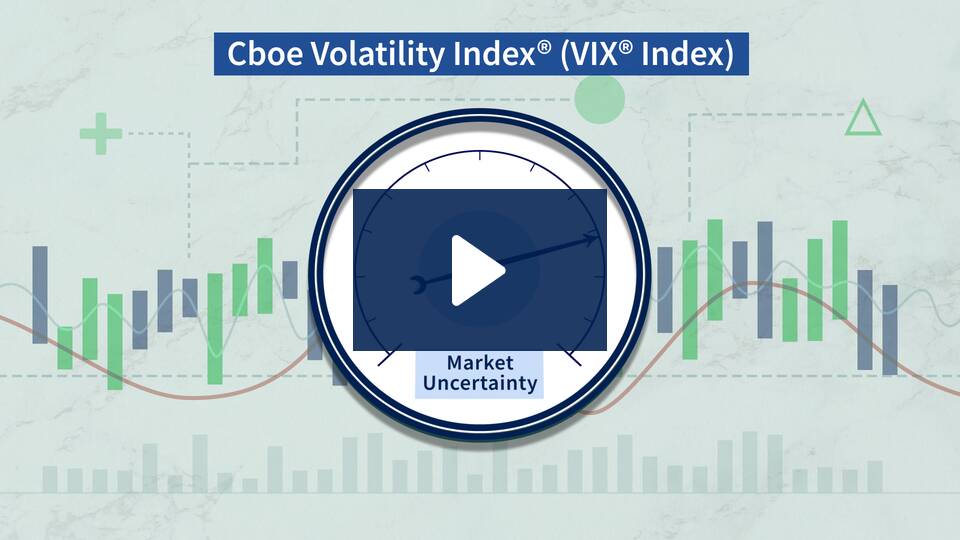Volatility is effectively a measure of predictability... or lack of it. And it is a term most often used in markets. Predictability is good: volatility is not necessarily so. How often, and how much prices move over time, is the stuff of fortunes made and lost.
I am sure there will hardly be a person on the planet this year who hasn't heard of the VIX Index, aka the volatility index. Taken from "real-time, mid-quote prices of S&P 500® Index (SPX℠) call and put options" (CBOE, 2025), VIX aims to assess the next 30 days of expected US stock market volatility. It is globally recognised measure used by financial/equity markets and the media, and is often called 'the fear gauge' (CBOE, 2025).
And of course this year with the US tariff fiasco, VIX has all become a more visible measure for we ordinary folk who don't usually hear of these things.
Larger fluctuations mean more volatility, and the "VIX Index is a measure of expected future volatility", "used as a barometer for market uncertainty" (CBOE, 2025; emphasis added). It it measures volatility that investors expect to see" coming in the market (Whaley, 209. p. 98).
Well, there seems to be plenty of uncertainty doing the rounds.
Sam
References:
CBOE. (2025). Making Sense of the VIX Index. The Chicago Board Options Exchange. https://www.cboe.com/tradable_products/vix/
Whaley, R. E. (2009). Understanding the VIX. Journal of Portfolio Management, 35(3), 98-105. https://doi.org/10.3905/JPM.2009.35.3.098



No comments :
Post a Comment
Thanks for your feedback. The elves will post it shortly.